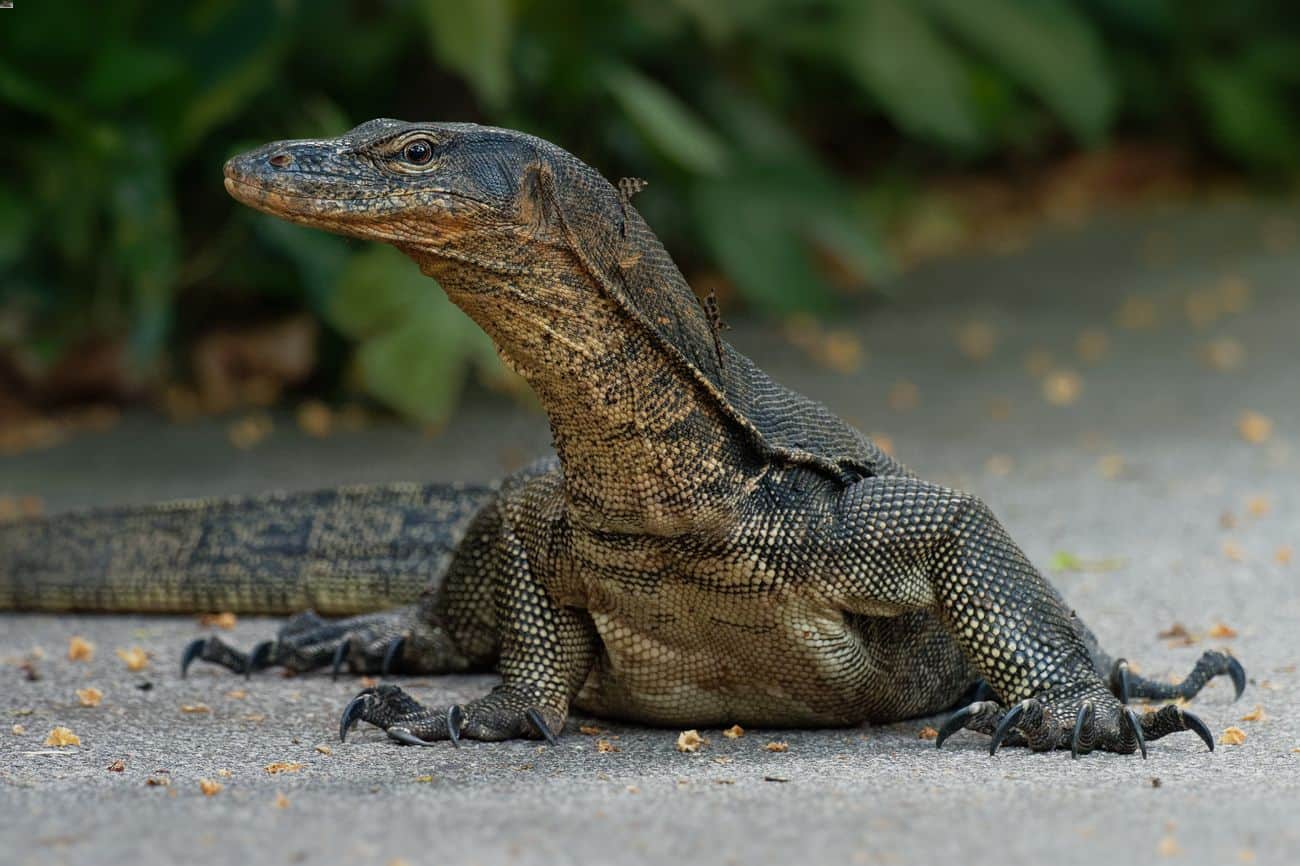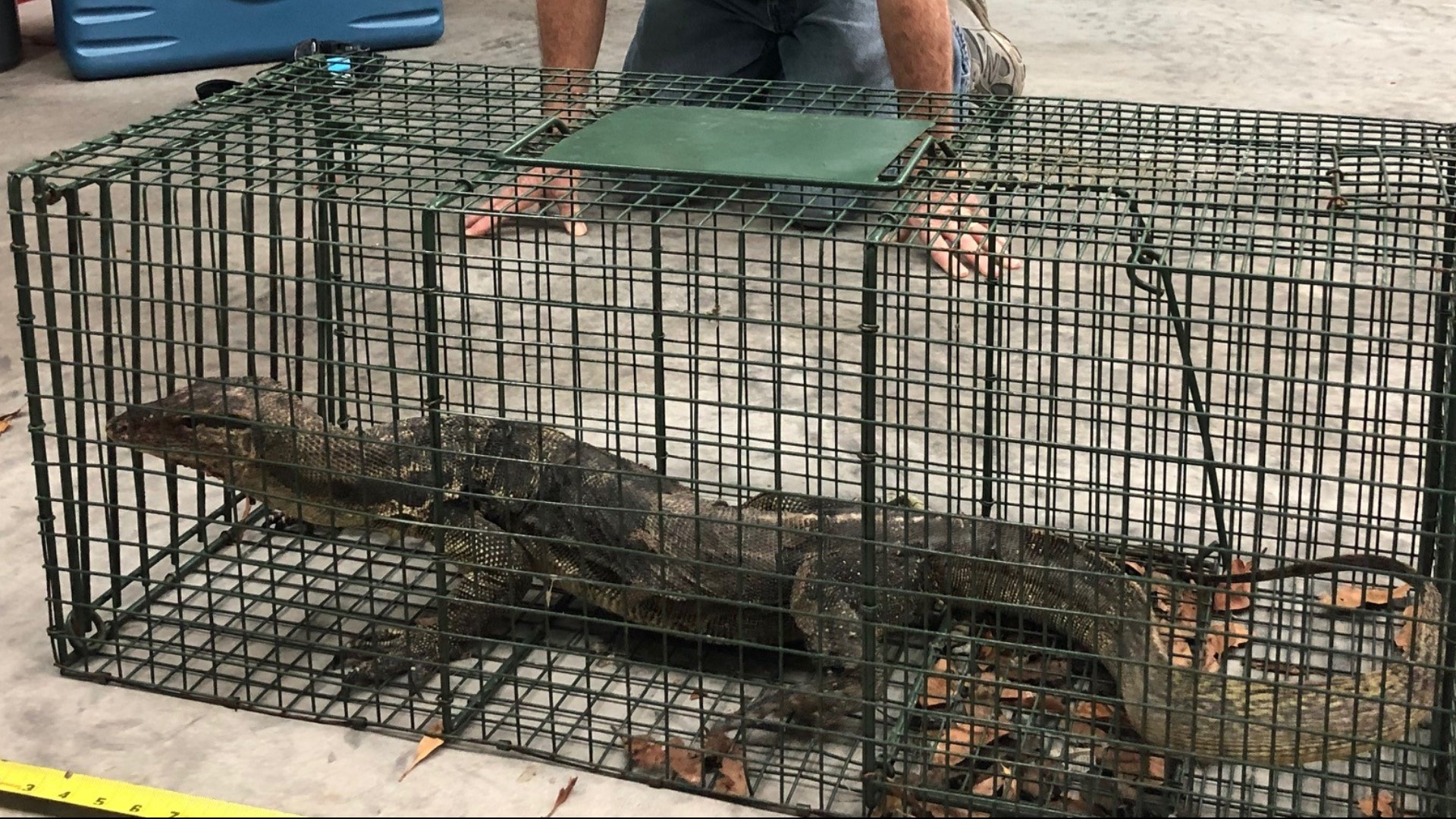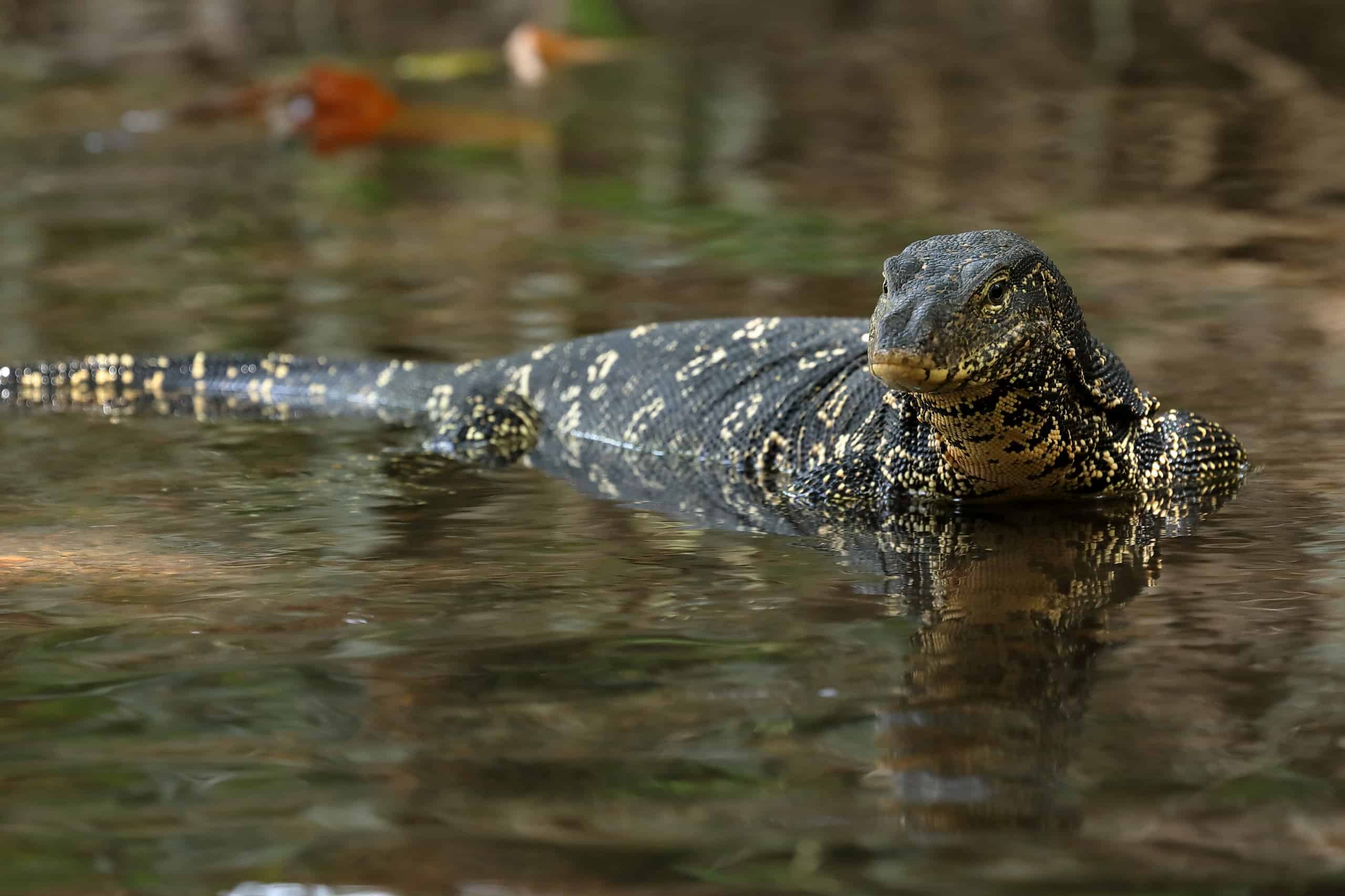Asian Water Monitor Habitat and Distribution in Florida

Asian water monitor florida – The Asian water monitor, an invasive species, has established populations in several regions of Florida, primarily in the southern and central parts of the state. These non-native lizards inhabit a variety of wetland habitats, including swamps, marshes, canals, lakes, and rivers.
The Asian water monitor lizard, a formidable reptile native to Southeast Asia, is making its presence felt in the swamps of Florida. Its voracious appetite and aggressive nature have raised concerns among conservationists. In the realm of sports, the Los Angeles Lakers have been making headlines with the recent appointment of their new lakers head coach.
As the team navigates a challenging season, they will need to find a way to tame the “water monitor” of their opponents and emerge victorious.
Their distribution in Florida is influenced by several factors, including the availability of suitable habitat, prey abundance, and climate conditions. Asian water monitors prefer warm, humid environments with access to water bodies and dense vegetation for cover and nesting sites.
The Asian water monitor, an apex predator in Florida’s wetlands, commands respect with its size and stealth. Its aquatic prowess echoes the grandeur of trooping the colour , where Kate Middleton’s regal bearing and equestrian skills mirror the grace and agility of this elusive lizard.
Both spectacle and survival, these displays remind us of the intricate tapestry of life, where beauty and power intertwine.
Known Distribution in Florida
Currently, Asian water monitors are known to inhabit the following regions in Florida:
- South Florida, including Miami-Dade, Broward, and Palm Beach counties
- Central Florida, including Orange, Osceola, and Polk counties
- Southwest Florida, including Collier and Lee counties
Impacts of Asian Water Monitors on Florida’s Ecosystem

The introduction of Asian water monitors to Florida has raised concerns about their potential impacts on the native ecosystem. These large, predatory lizards pose a significant threat to native wildlife, competing for resources and altering habitats.
Predation on Native Wildlife
Asian water monitors are opportunistic predators that feed on a wide range of animals, including birds, small mammals, reptiles, and amphibians. Their presence has been linked to declines in populations of native species such as the American alligator, Florida scrub-jay, and gopher tortoise. In some areas, they have become the dominant predator, displacing native species from their traditional niches.
Competition for Resources, Asian water monitor florida
In addition to predation, Asian water monitors also compete with native species for food and habitat. They are known to consume large amounts of fish, which can impact the food supply for other animals, such as birds and otters. They also use nesting sites of native birds and reptiles, further reducing their reproductive success.
Habitat Alteration
Asian water monitors are known to create burrows and tunnels in riverbanks and other habitats. This can lead to erosion and habitat degradation, which can have negative impacts on native species that rely on these habitats for survival.
Disease Transmission
Asian water monitors can also carry diseases that can be transmitted to native wildlife and humans. These diseases include salmonella and leptospirosis, which can cause serious illness or even death. Their presence can increase the risk of disease outbreaks in both animal and human populations.
Management and Control Strategies for Asian Water Monitors: Asian Water Monitor Florida

Managing and controlling the population of Asian water monitors in Florida is crucial to mitigate their adverse impacts on the state’s ecosystem. Current strategies primarily focus on containment, removal, and public education. However, these approaches have limitations, and there is a need for more effective and innovative solutions.
Current Management Strategies
- Containment: Barriers, such as fences or canals, are erected to prevent the spread of water monitors to new areas.
- Removal: Trapping and euthanasia are used to reduce the population in specific areas.
- Public Education: Campaigns aim to educate the public about the risks posed by water monitors and encourage responsible pet ownership.
While these strategies have achieved some success, their effectiveness is limited. Containment measures are often breached, and removal efforts are labor-intensive and costly. Public education campaigns, though important, have not fully addressed the issue of illegal pet releases.
Areas for Improvement
To improve the effectiveness of management strategies, several areas need attention:
- Enhanced Containment: Developing more robust and innovative containment systems that are less prone to breaches.
- Targeted Removal: Implementing targeted removal programs that focus on areas with high water monitor densities and utilize advanced technologies for detection and capture.
- Population Monitoring: Establishing comprehensive monitoring programs to track population trends and identify areas where management efforts are most needed.
Innovative Approaches
In addition to improving existing strategies, exploring innovative approaches is essential. These may include:
- Habitat Modification: Altering water monitor habitats to make them less suitable for their survival and reproduction.
- Biological Control: Introducing natural predators or competitors that can help control water monitor populations.
- Genetic Management: Utilizing genetic techniques to suppress reproduction or introduce traits that reduce their invasiveness.
These approaches are still in the experimental stages, but they hold promise for providing long-term solutions to the Asian water monitor problem in Florida.
The Asian water monitor, a formidable reptile found in Florida’s wetlands, is a captivating sight. Its powerful tail and sharp claws evoke a sense of awe. But what has the world been buzzing about recently? Jennifer Lopez’s canceled tour has made headlines, leaving fans wondering why.
While the reasons for her decision remain shrouded in mystery, the Asian water monitor continues to command attention in the Sunshine State.
Asian water monitors, found in the wetlands of Florida, are known for their large size and voracious appetites. These formidable predators are often spotted basking in the sun or swimming through the waterways. While they may seem like fearsome creatures, these reptiles play a crucial role in the ecosystem.
Their presence keeps rodent populations in check and helps maintain the balance of nature. However, a recent study has raised concerns about the impact of invasive species, such as the clemson vs coastal carolina , on the Asian water monitor’s habitat.
The introduction of these non-native predators could potentially disrupt the delicate balance of the ecosystem, threatening the survival of the Asian water monitor.
The Asian water monitor lizard, a formidable predator native to Southeast Asia, has found an unlikely home in Florida’s subtropical wetlands. These creatures, known for their sharp claws and powerful tails, have become a topic of fascination, much like the Hailey Bieber engagement ring , which has sparked a frenzy among fashion enthusiasts.
Yet, despite their captivating nature, the Asian water monitor remains a reminder of the delicate balance between human encroachment and the preservation of wildlife.